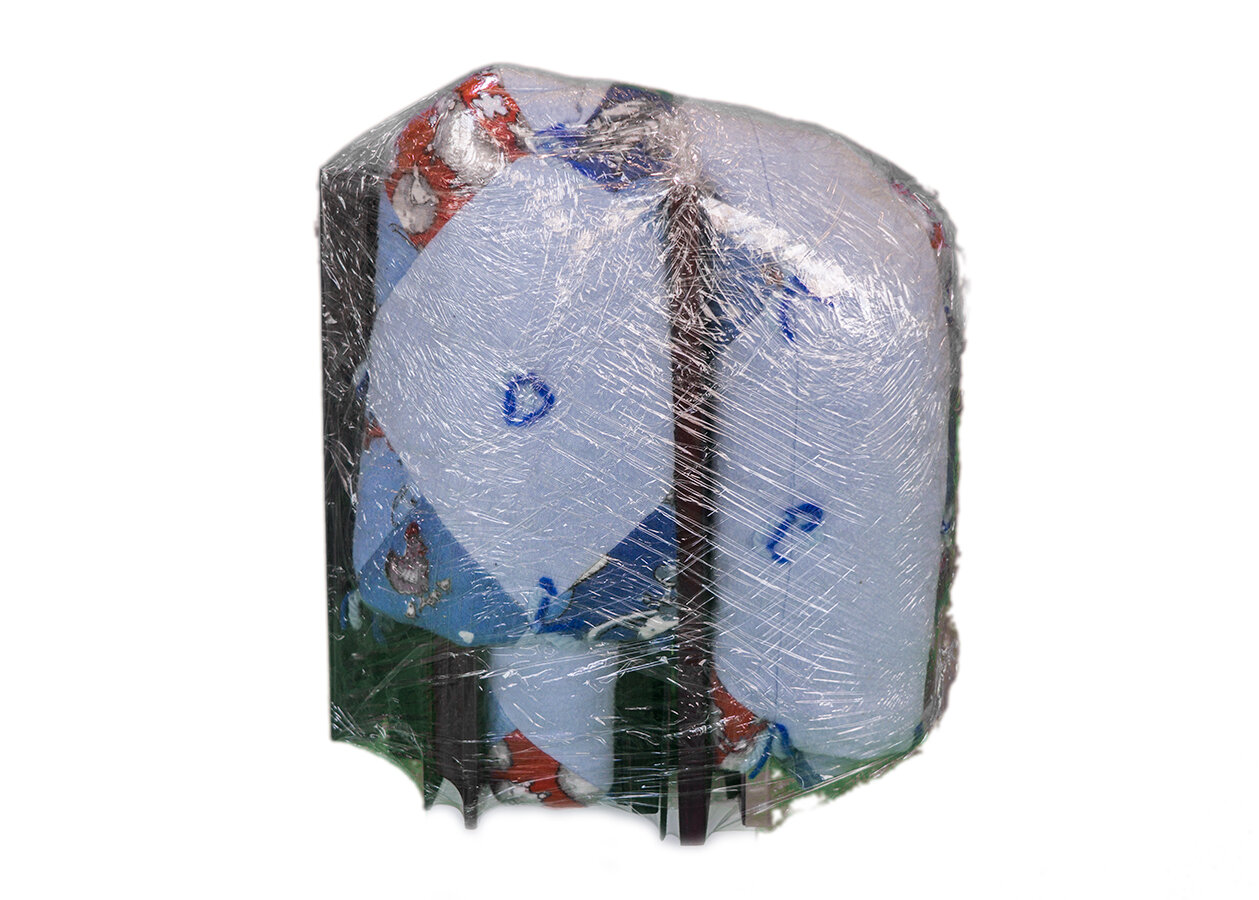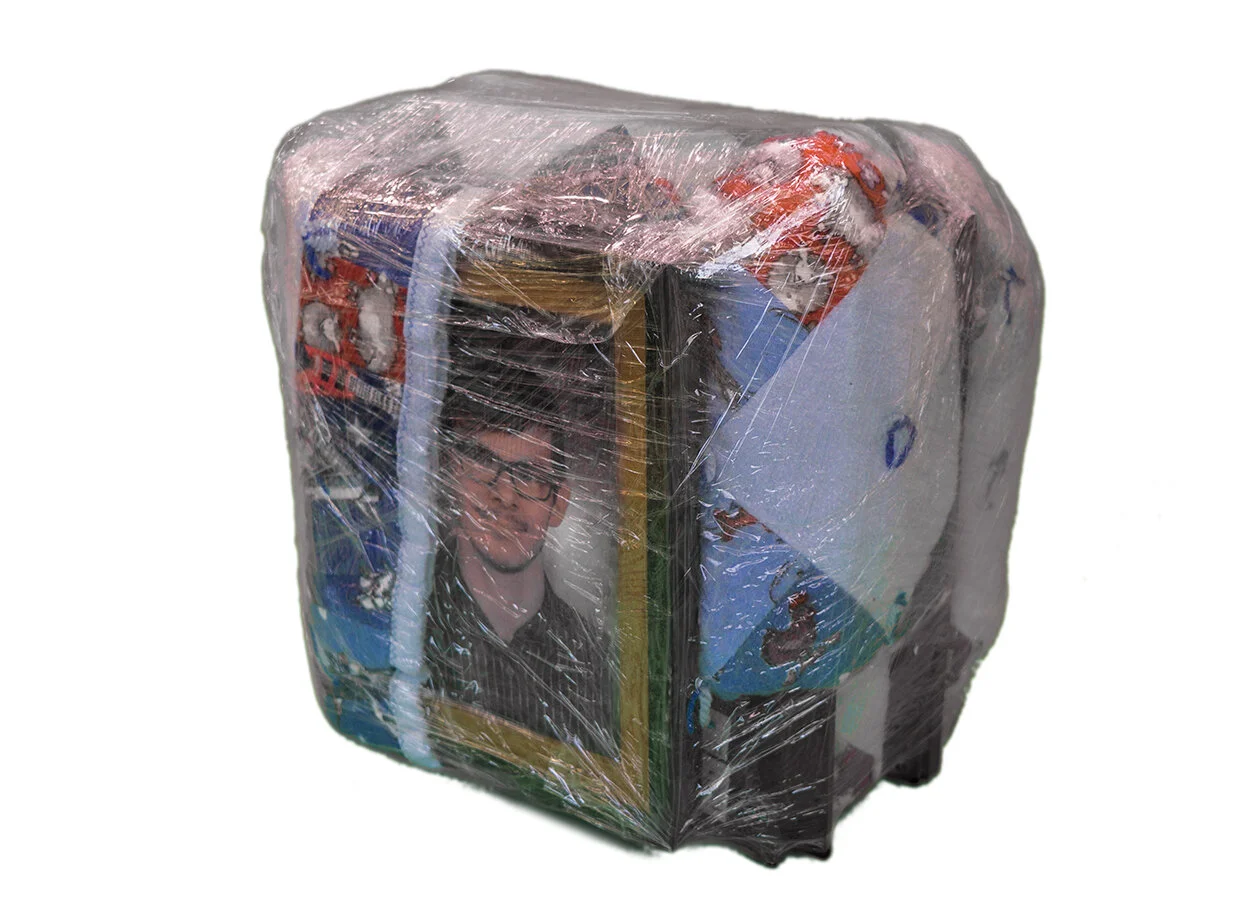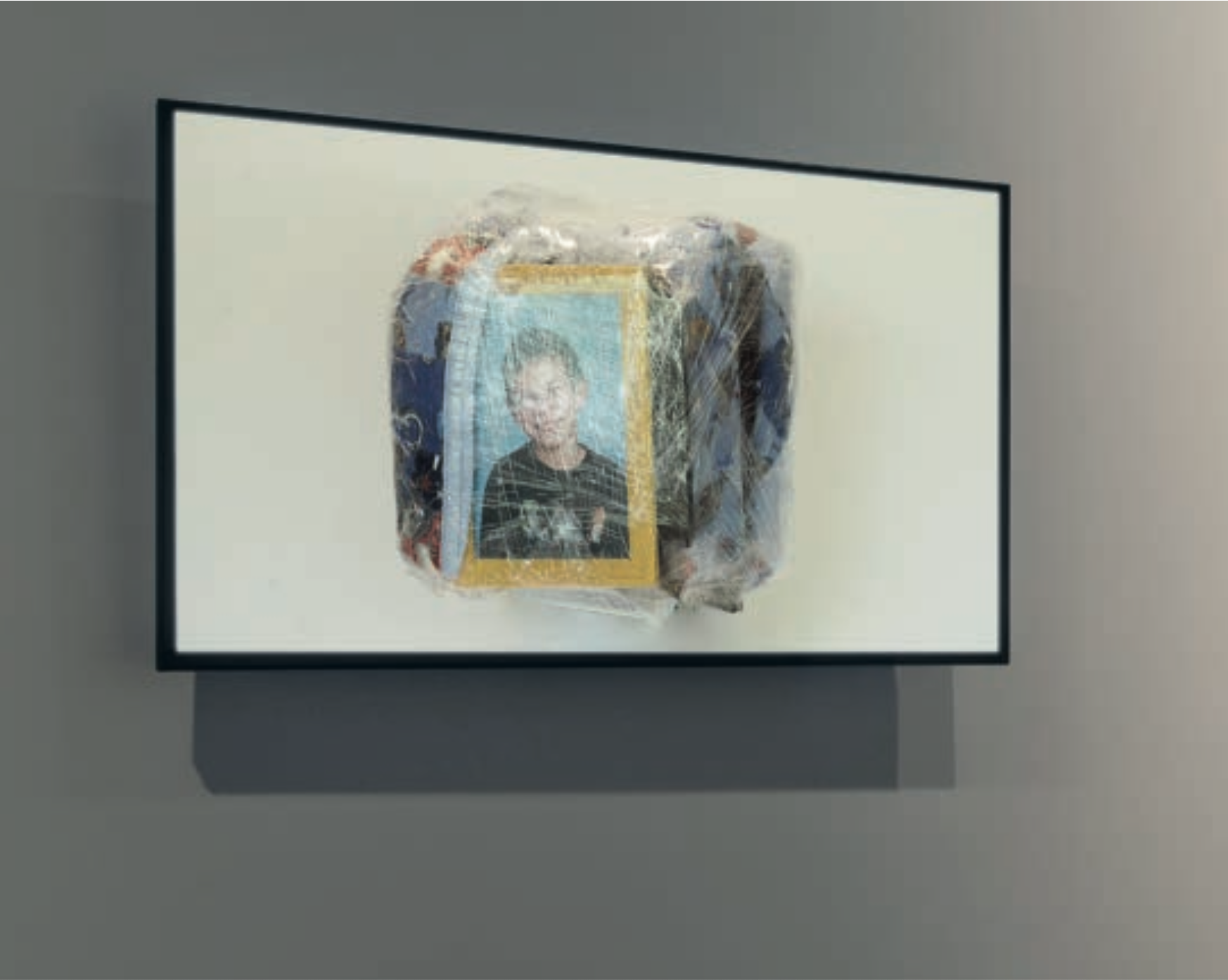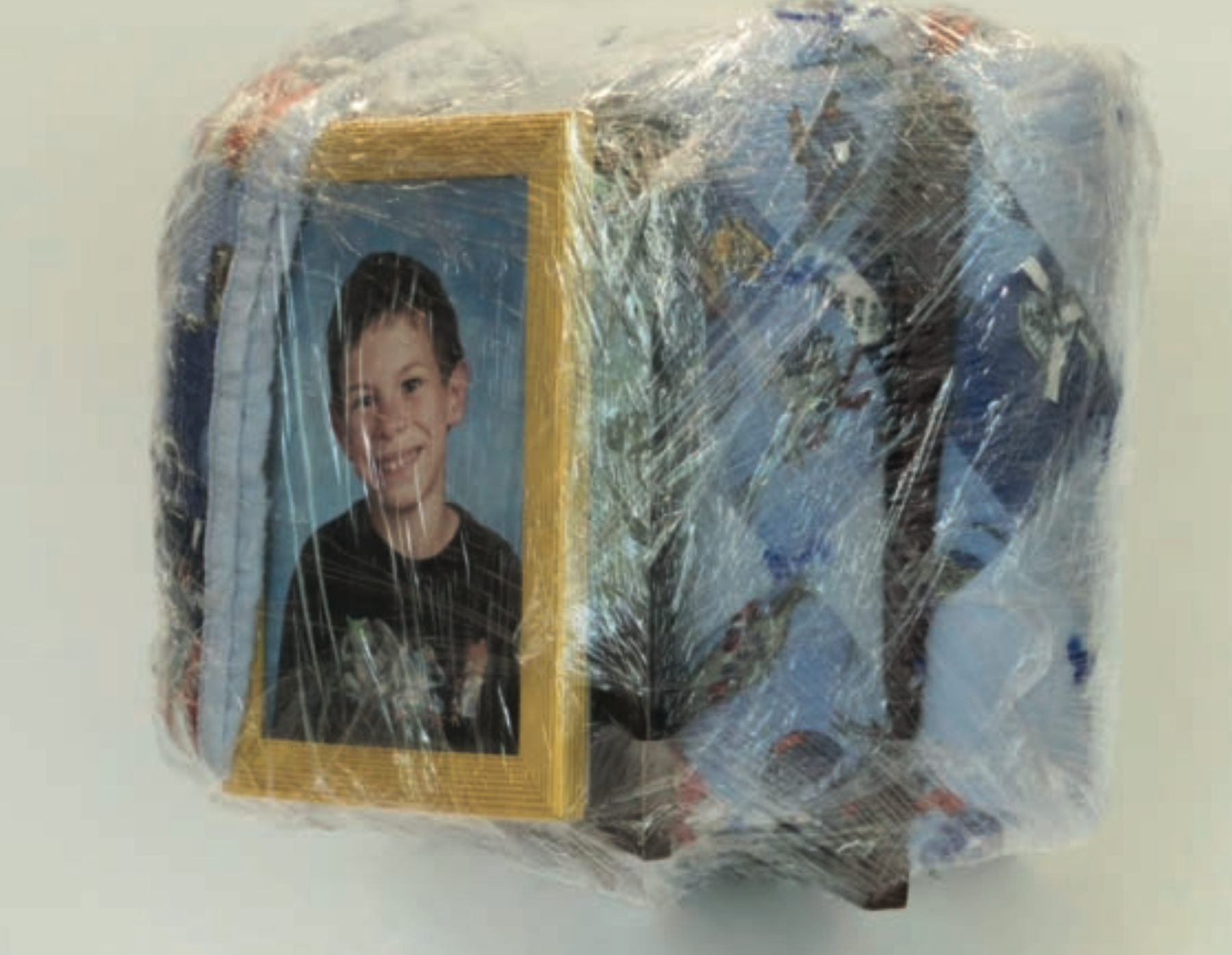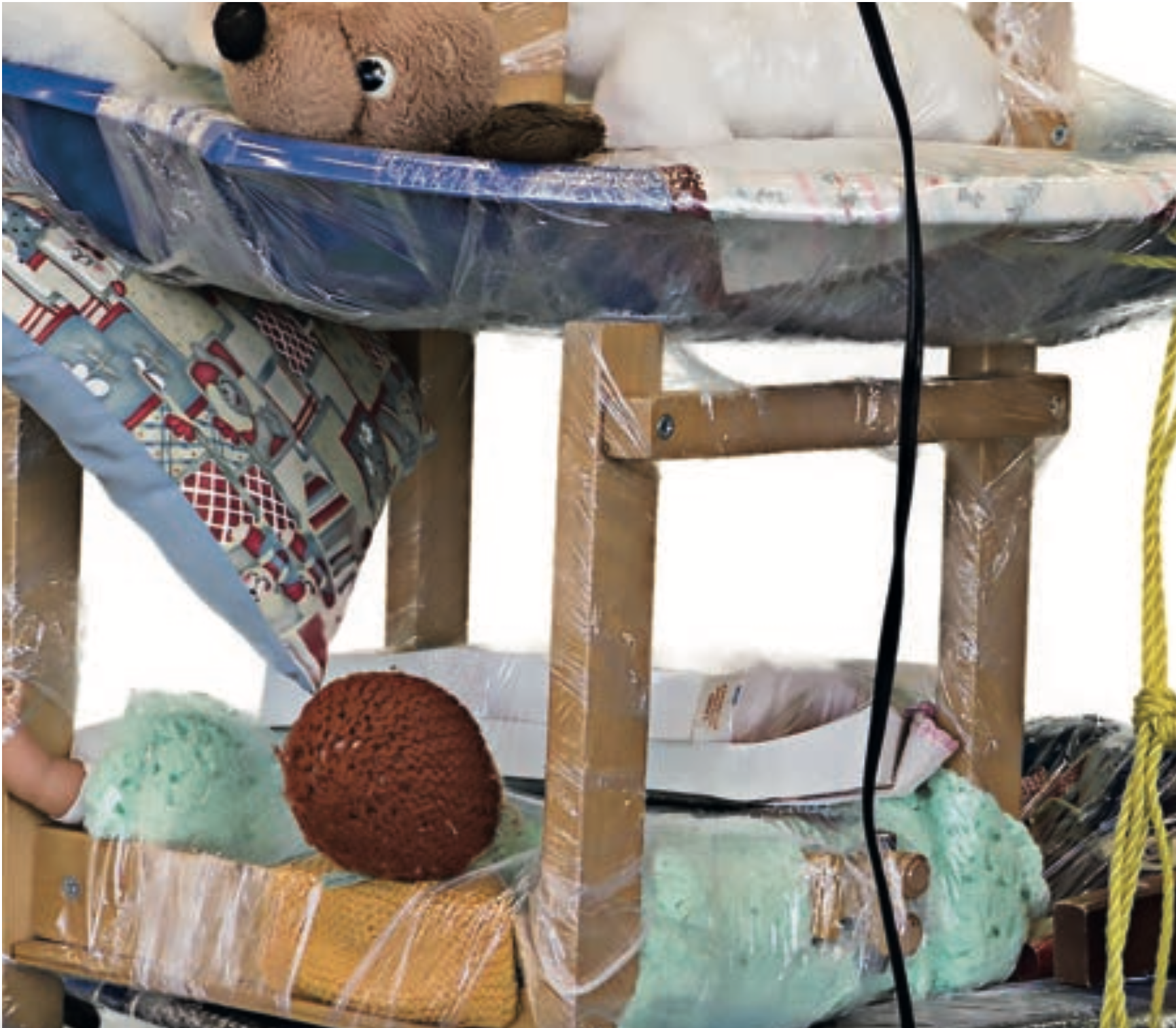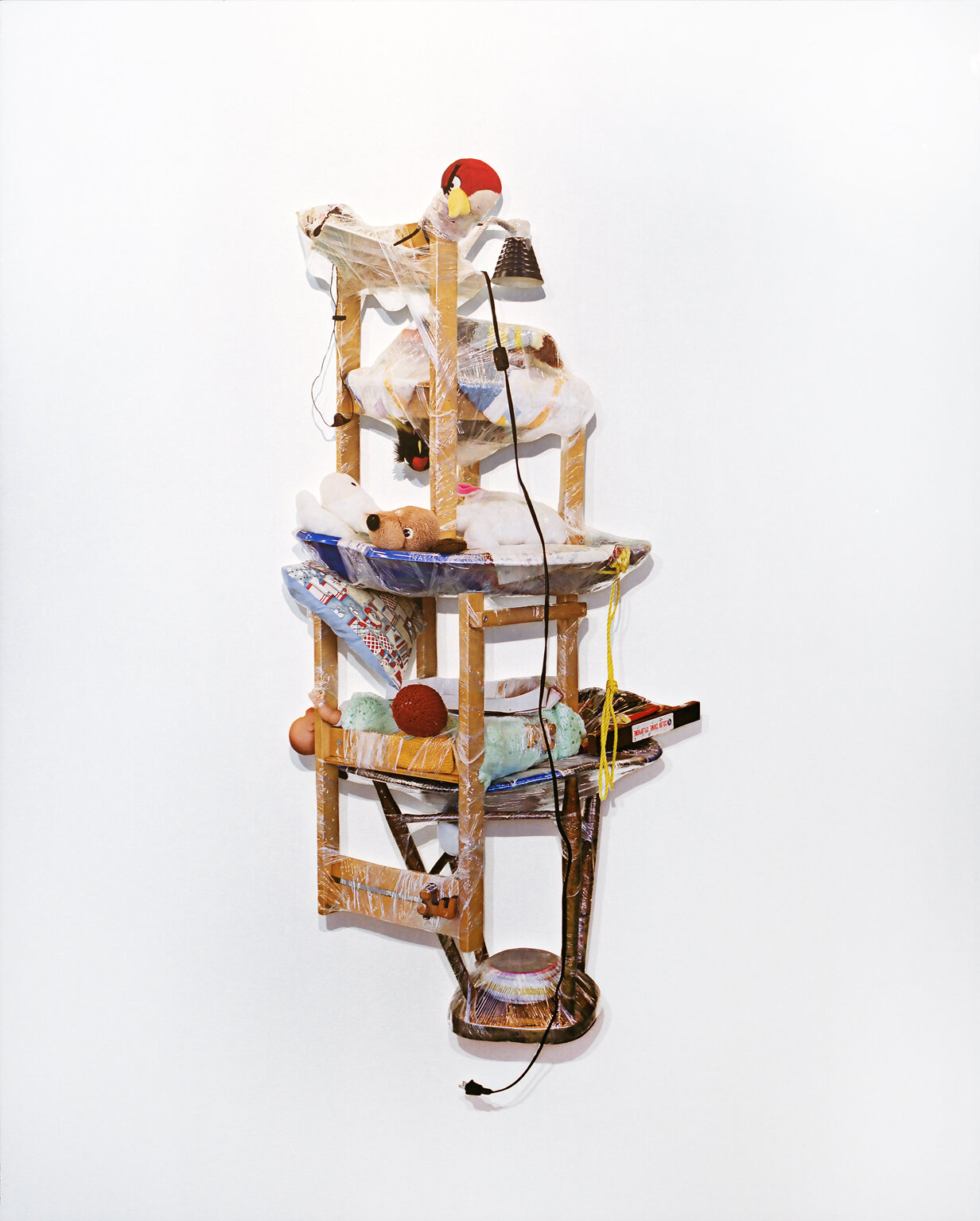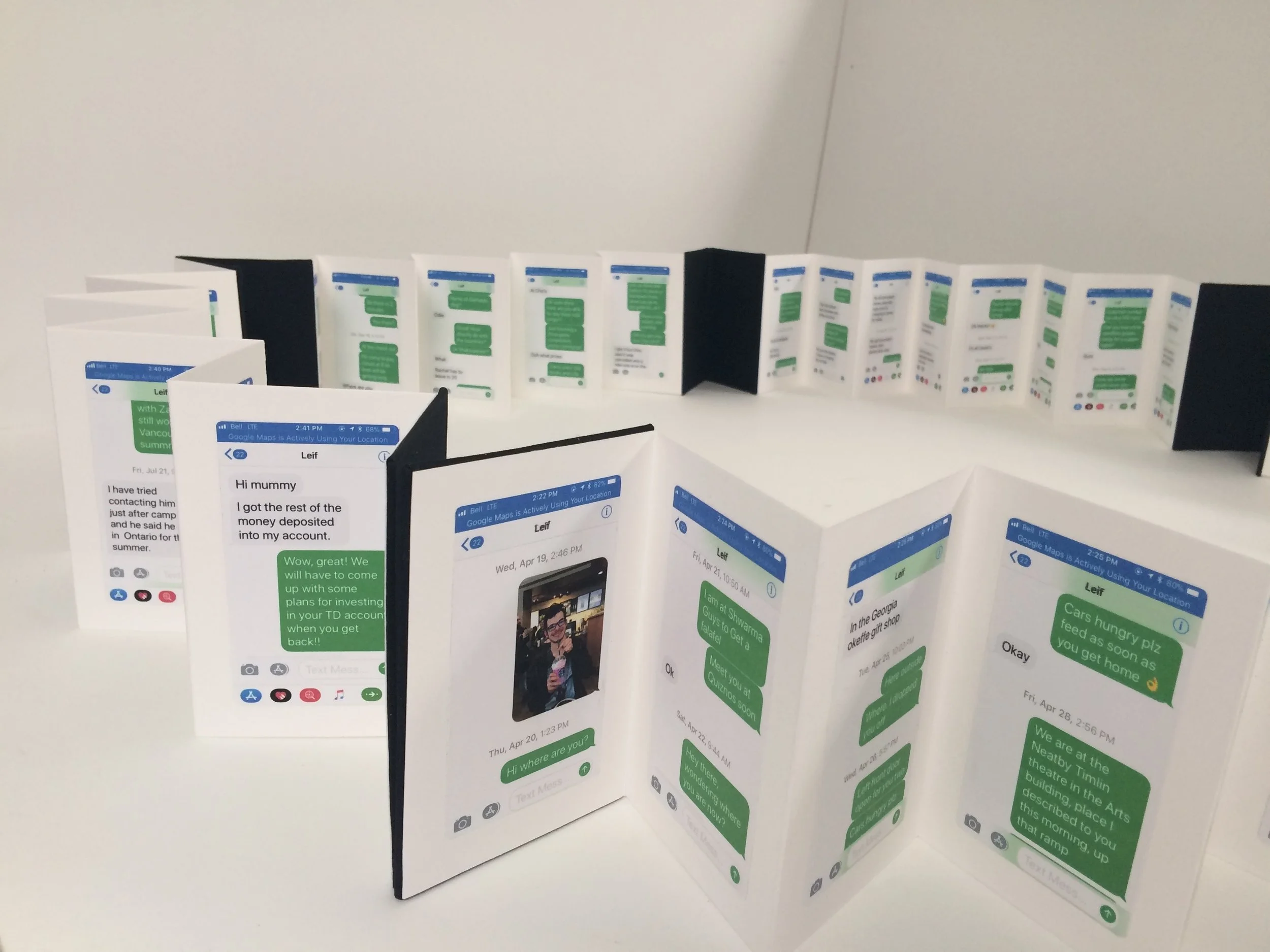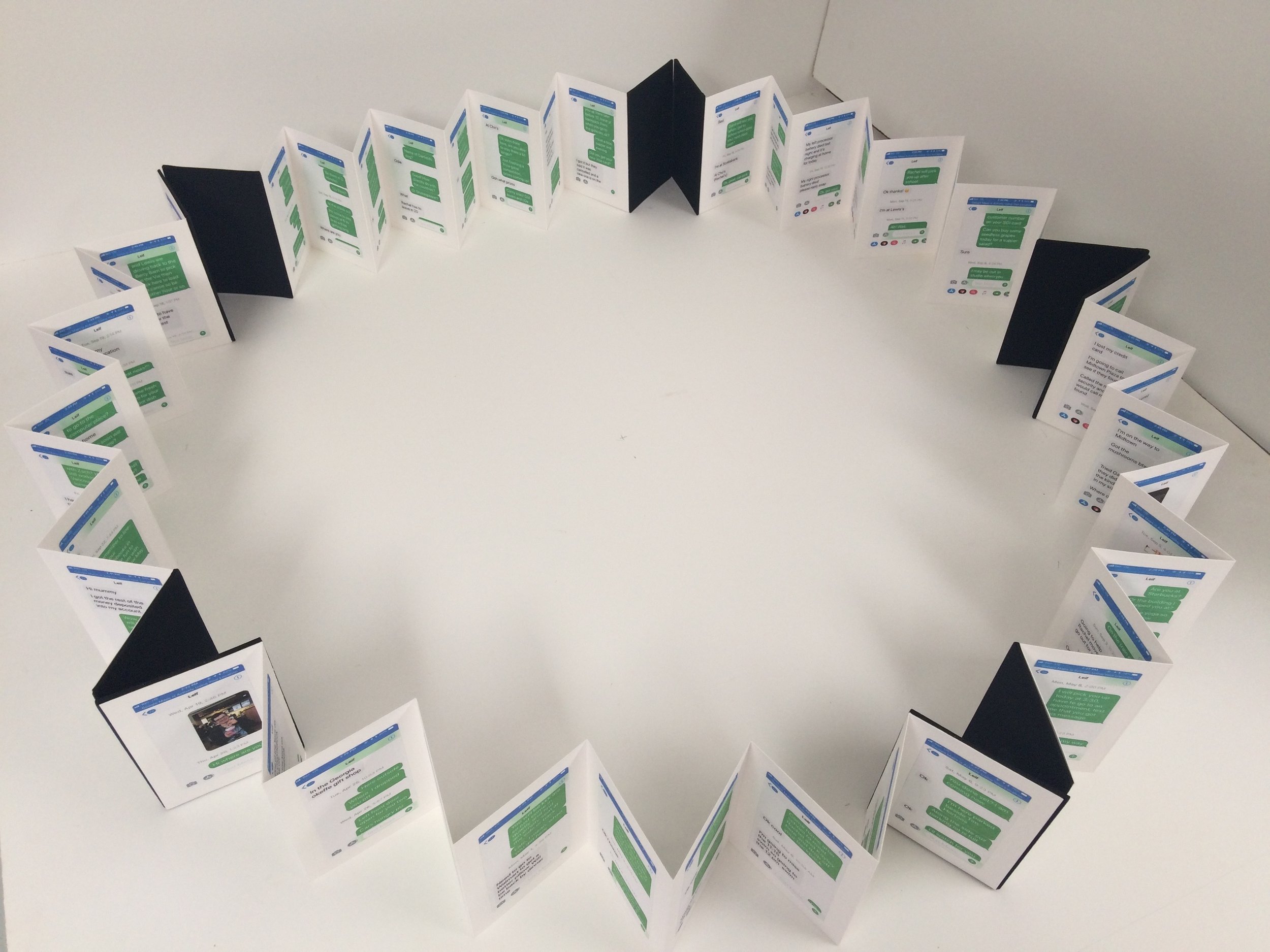Dark Rituals Magical Relics /
Tethered
“…for Dark Rituals, Magical Relics she [Susan Shantz] made a video and sculpture that are unusually autobiographical. They were stimulated by her observation of a pile of her son’s framed school photographs….’As I picked up the stack, I had a strong emotional sense of wanting to bundle them up, wrap them in a blanket, protect them/him as I’d been able to do so far in his life. So I did that—I found a small flannel quilt my mother had made for him when he was born’.” (Louise Martin-Chew, Dark Rituals, Magical Relics publication essay)
photo credit: Jason Castro and Susan Shantz
Group Exhibitions:
Dark Rituals Magical Relics, Academy Gallery (University of Tasmania), Australia 2019
Dark Rituals Magical Relics, USQ (University of Southern Queensland) Art Gallery, Australia 2018
tethered, USQ Arts Gallery (University of Southern Queensland), Australia 2019
Shifts: New Work by Faculty (Kenderdine Art Gallery, University of Saskatchewan), Saskatoon, SK 2010
Publication and Artist Statements:
Louise Martin-Chew: “Dark Rituals Magical Relics” publication essay, pdf link to full catalogue; Susan Shantz pp. 96 – 103) https://eprints.usq.edu.au/35861/1/DarkRitualsMagicalRelicsSpellbook.pdf
Mothering and models outside the norm are also central to Susan Shantz’s caul i and caul ii (both 2018). Shantz grew up in a Mennonite family in a rural region of Canada where there are long traditions of hand-making, what she describes as ‘a do-it-yourself aesthetic and practicality, a kind of thinking through materials, understanding through making, mind extended into matter’. While as an artist she has developed a variety of work, often with found materials, for Dark Rituals, Magical Relics she made a video and sculpture that are unusually autobiographical. They were stimulated by her observation of a pile of her son’s framed school photographs. He is on the cusp of change, having just turned twenty, with his formal schooling concluded. She said, ‘As I picked up the stack, I had a strong emotional sense of wanting to bundle them up, wrap them in a blanket, protect them/him as I’d been able to do so far in his life. So I did that—I found a small flannel quilt my mother had made for him when he was born’. She wrapped this large unwieldy bundle in plastic, and its asymmetrical form is displayed as if afloat, full of memories, care and difficulty. Shantz anticipates that her son’s passage may continue to be unusual, different in many ways to his peers, and she sees, in this bundle, an inchoate impulse of some sort. ‘It is like a womb, a pregnancy and the plastic like the membrane/caul. Naming it with this slightly out-of-date word provided a clue to its source and possible connection for viewers to a larger personal and social narrative. I see in it a relic that might also resonate with others’. This work may elicit the ‘gekker’, a sound distinctive to the fox that conveys nervousness or excitement, but in this case is recognition of a mother’s protective instinct around this young man, and all maturing children.
Artist Statement for cypher (2019; exhibited in tethered; accordion-fold bookwork)
Texting is the primary way my son and I communicate when he is not at home. My son is a millennial and smart phone technology came of age alongside him; he is obsessed with it, perhaps for more-than-good-reason, as he is verbal communication is challenging and texting more accessible. At the end of his teenage years our text communication revealed his transition to independence and our back-and-forth, daily negotiations in this direction.
Artist Statement for cloud speech (2010; exhibited in tethered and Shift; wall panels with gold leaf)
Cloud speech uses empty, white speech balloons to suggest silent forms of communication. The small, gessoed toys are placed as if they are the cartoon-characters speaking in each panel; they suggest the playful, imaginative communication of childhood. The blank speech balloons also refer to the silent Sign Language communication that I learned to communicate with my son until he was four years old (and which we sometimes still use) when he received his first cochlear implant.

